Spring Grove Cemetery
This magnificent Cincinnati graveyard is also a popular public park.
Since its incorporation in 1845, the 733-acre Spring Grove Cemetery and Arboretum has been a scenic haven for Cincinnati’s population, both alive and dead.
In the 1840s, a horrific cholera epidemic swept Cincinnati. The small church and family graveyards of the time were simply unequipped to deal with the number of daily deaths occurring in the city. A group of town elders, led by the Cincinnati Horticultural Society, had a novel idea. They wanted to create a large, nondenominational, non-profit cemetery that could also serve as a peaceful public park. In 1845, the Spring Grove charter, prepared by future Supreme Court Justice Salmon P. Chase and others, was granted by the Ohio State legislature. Spring Grove Cemetery was born.
Famed landscape architect Adolph Strauch was hired to develop the grounds. Strauch, the originator of the now popular “lawn plan” for cemeteries, developed the landscape in accordance with the area’s scenic hills. He planted trees from around the world, created lakes with islands, preserved forested areas, and installed footbridges and winding paths. The grounds would eventually feature 12 ponds, multiple chapels, and numerous elaborate mausoleums. The most famous is the gothic revival Dexter family mausoleum, designed by architect James Keys Wilson. Not surprisingly, the cemetery was soon a popular picnicking spot for locals and tourists alike.
The sprawling cemetery is also the eternal home of numerous famous residents. Notable interments include: Salmon P. Chase (Chief Justice of the US Supreme Court), Joseph Hooker (Civil War General), William Procter and James Gamble (Founders of Procter and Gamble), Bernard Kroger (Founder of Kroger), and Waite Hoyt (Hall of Fame pitcher for the NY Yankees).
On the National Register of Historic Places since 2007, Spring Grove is considered one of the jewels in Cincinnati’s crown. As one visiting artist put it, “Only a place with a heart and soul could make for its dead a more magnificent park than any which exists for the living.”
Community Contributors
Added by
Edited by
The Atlas Obscura Podcast is Back!



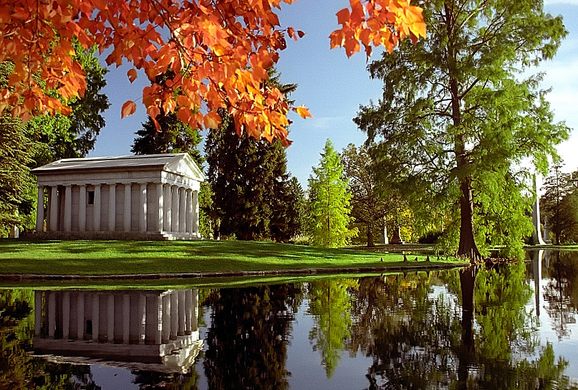


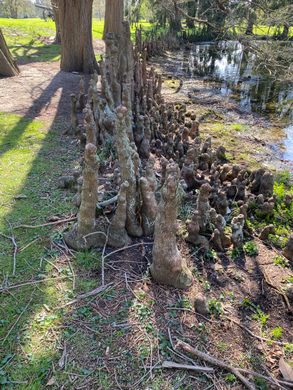

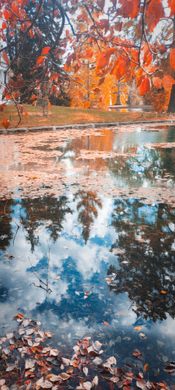
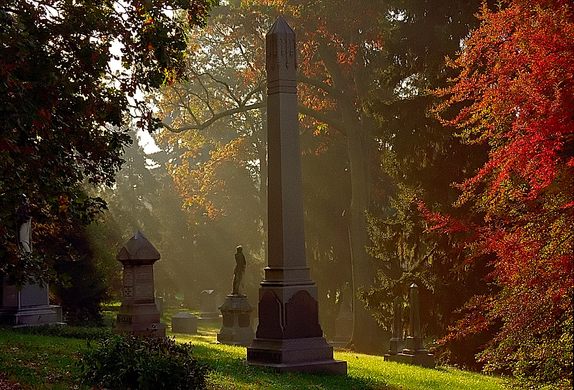

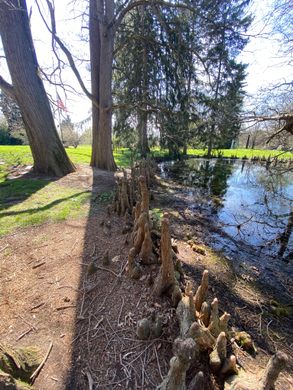














Follow us on Twitter to get the latest on the world's hidden wonders.
Like us on Facebook to get the latest on the world's hidden wonders.
Follow us on Twitter Like us on Facebook